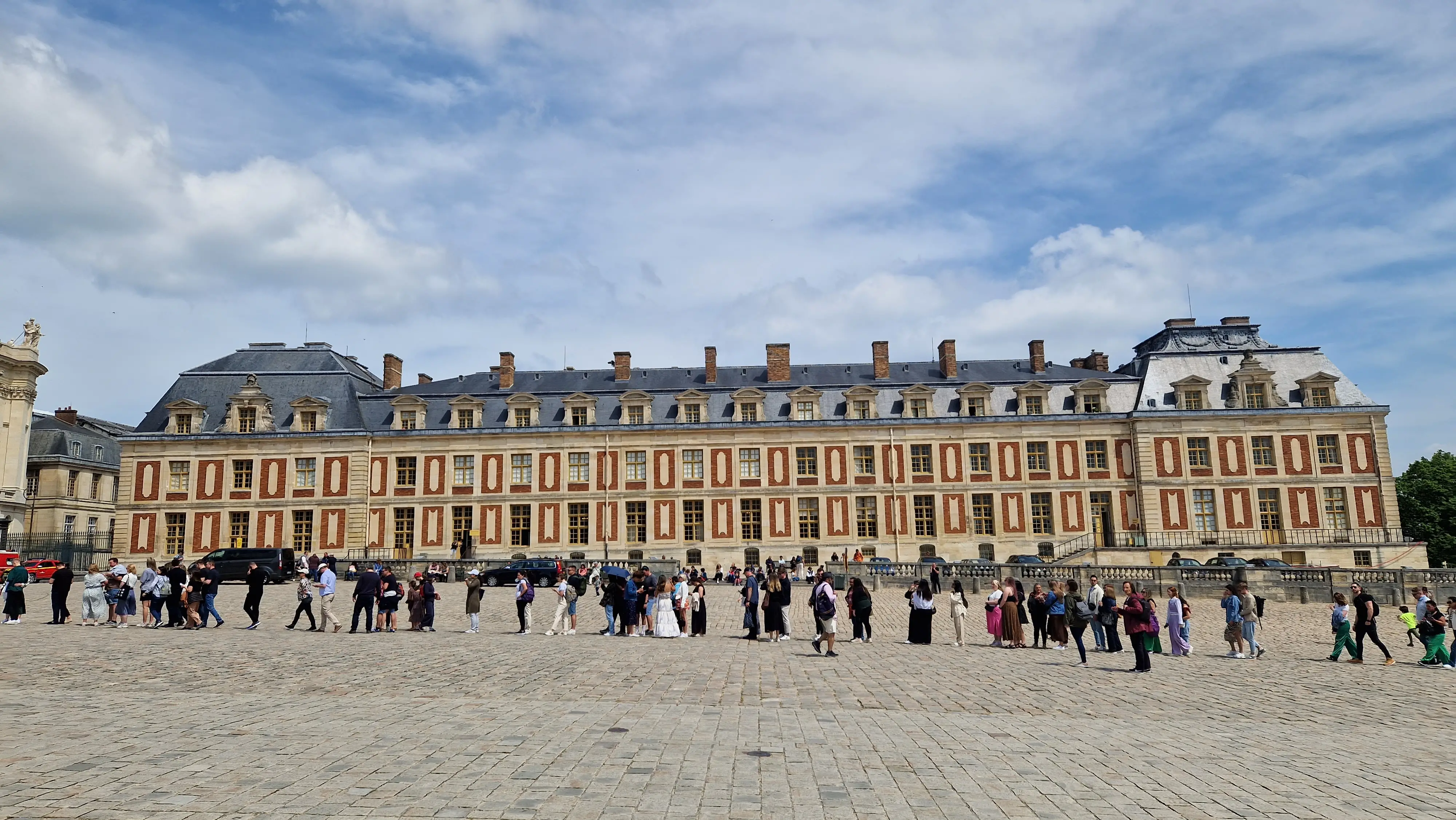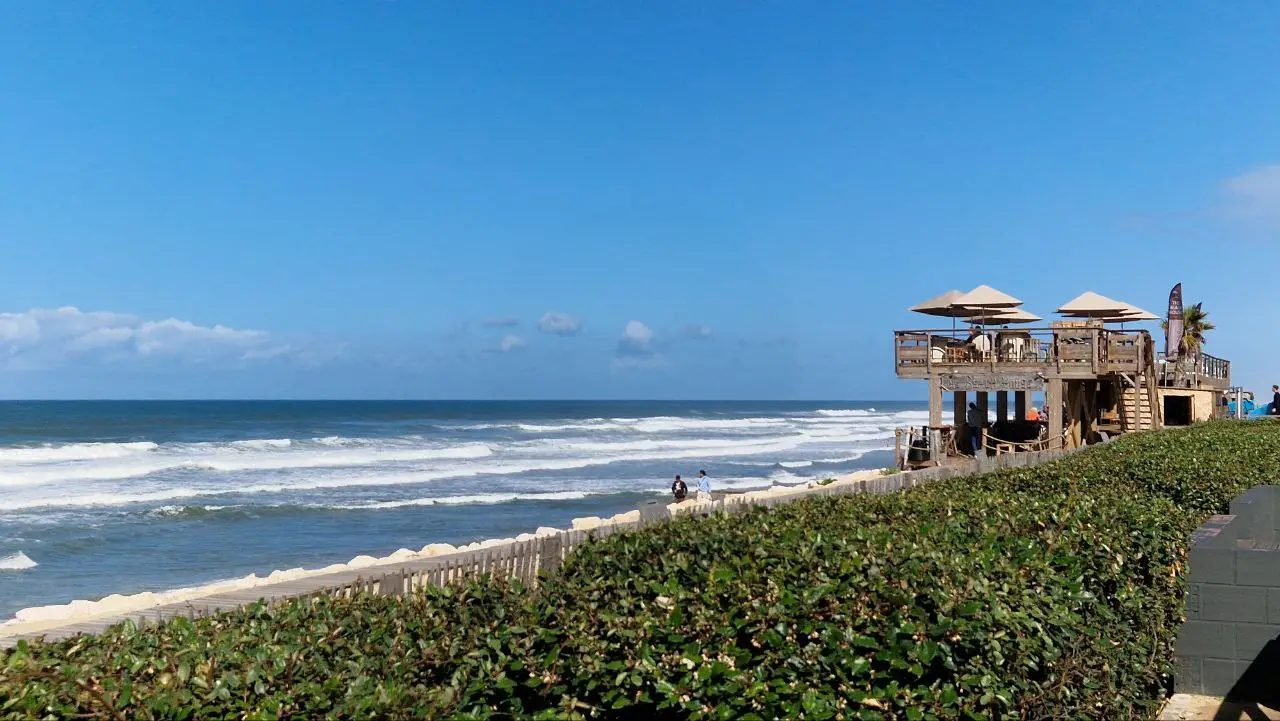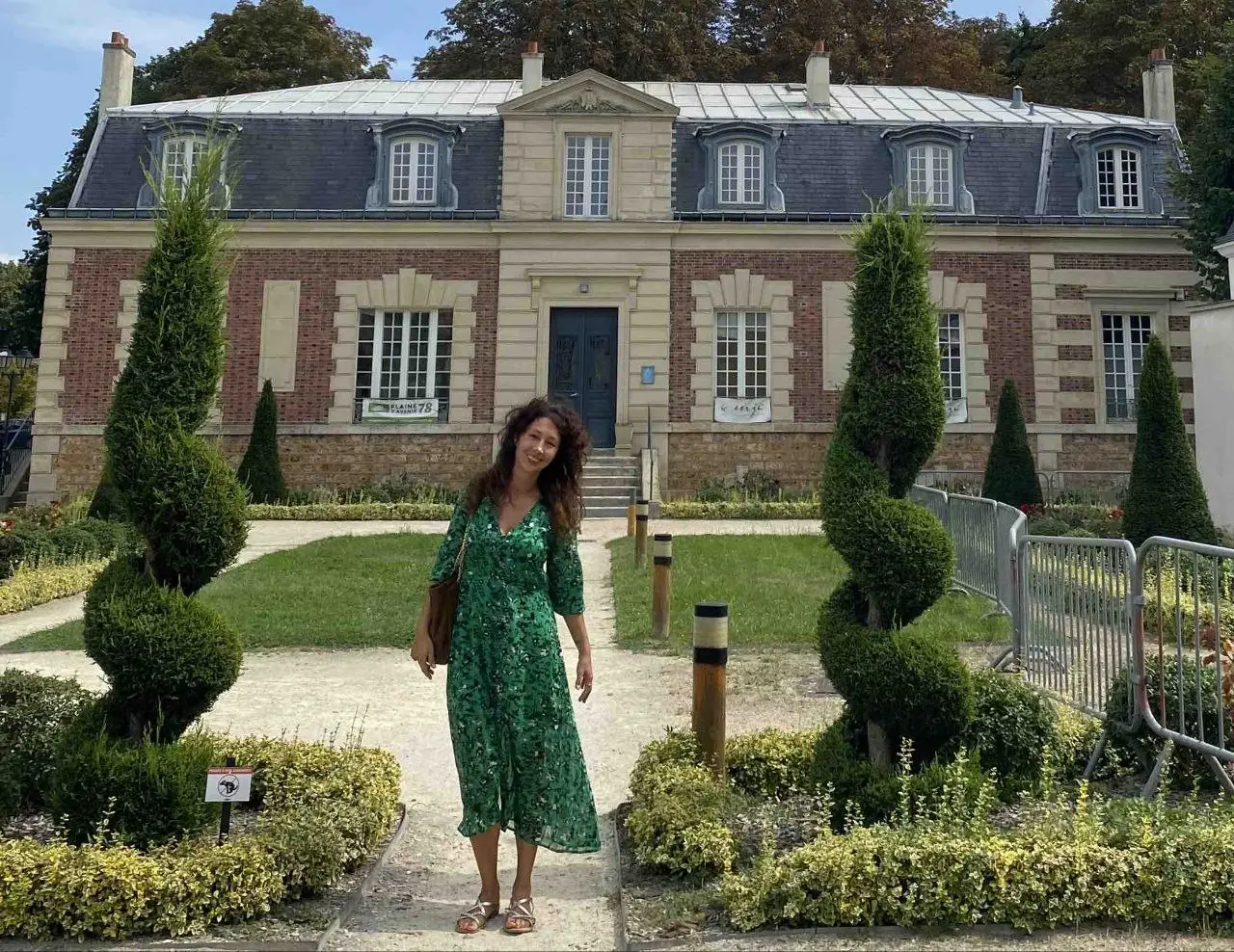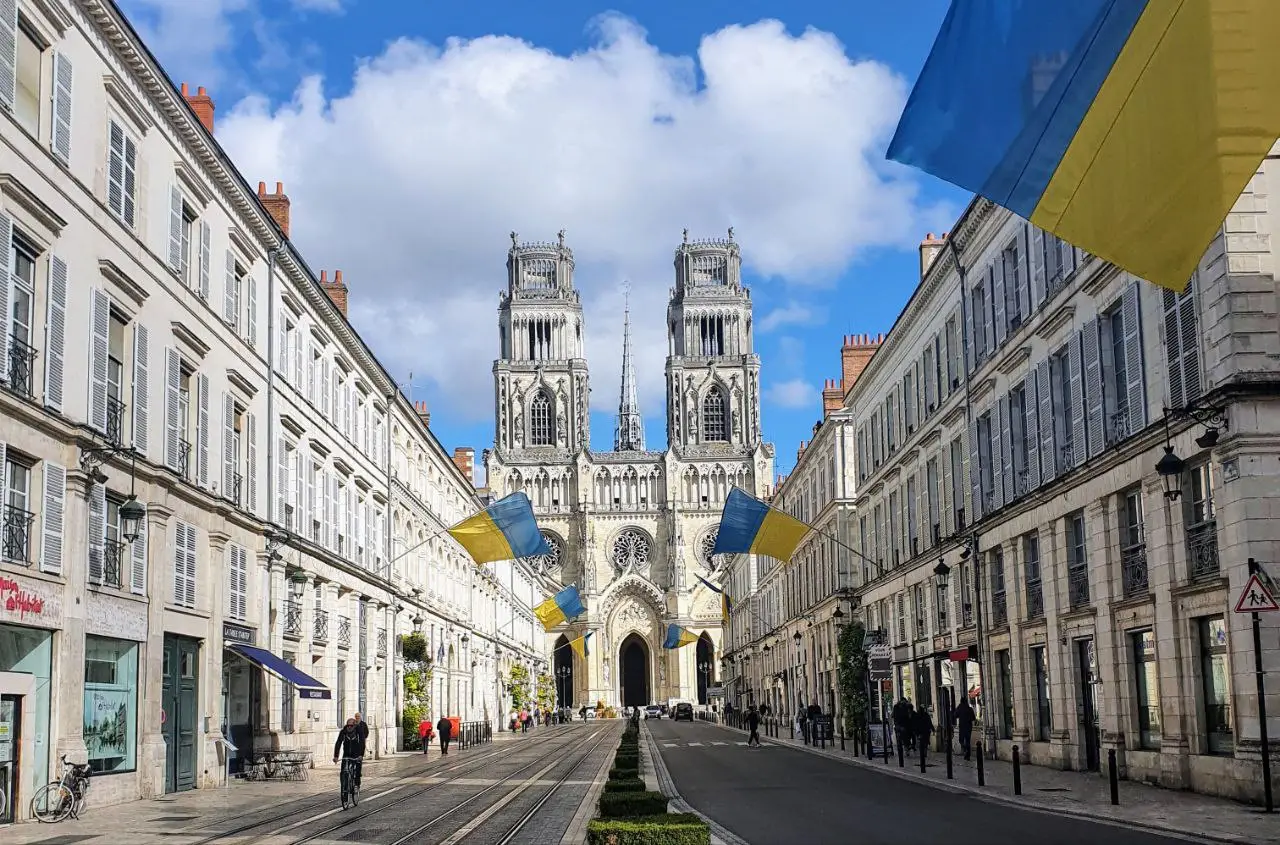Flea markets in France and Germany: what they are and how they differ
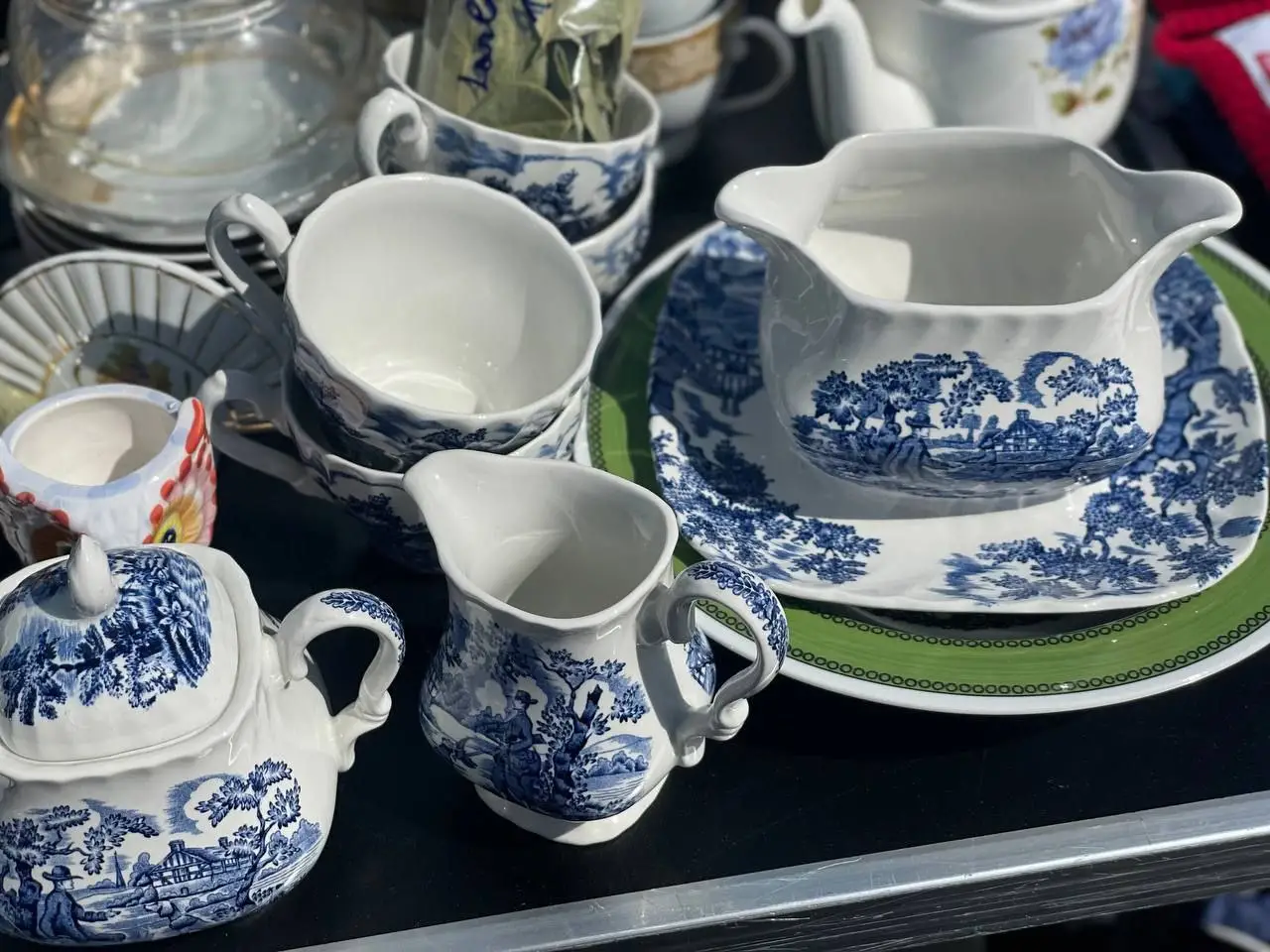
What are the differences between flea markets in Germany and France? We will explore their unique features and cultural characteristics that make each market unique on the example of two cities: Heidelberg in Germany and Saint-Priest-Taurion in France
Flea markets in Germany and France are rich in tradition and cultural significance, but they differ in their atmosphere, range of goods, and organizational features. These differences reflect the historical and cultural background of each country, making a visit to flea markets in these countries a unique experience. Let's first understand what types of flea markets exist in France and in Germany.
Gradation of the main types of such markets and sales in France:
Brocante: Is a flea market where vintage items, antiques and vintage objects are sold. Visitors can find furniture, books, jewelry, dishes and more. Brocantes usually take place on weekends in towns and villages throughout France.
Vide-Grenier: Translates to "attic sale." These are sales where locals sell unwanted items from their homes. Often organized as community events in villages and towns.
Marché aux Puces: Literally translates as "flea market". The most famous markets are, for example, in Saint-Ouen in Paris. Here you can find a wide range of goods, from antiques to modern items.
Déballage Marchand: These are specialized markets where professional vendors display their wares for sale. Often organized as major events for collectors and antique dealers.
Troc et Puces: Combination of exchange and sale of old things. Visitors can not only buy but also exchange items. Usually held through local fairs.
Braderie: Is a large sale where stores and individuals display items at reduced prices. The most famous braderie takes place in Lille (Braderie de Lille).
Garage Sale: Characteristic of small towns and villages. These are private sales that take place near houses or in yards.
Salon des Antiquaires: These are specialized exhibitions and fairs where professional antique dealers and gallerists exhibit high quality antique items for sale. Often held in major cities and usually accompanied by an entrance fee.
Marché de Noël (Christmas market): Organized during the pre-Christmas period and offers a variety of festive goods, from decorations to gifts. Visitors can also find local gastronomic products here.
Germany also has a rich and varied world of flea markets and sales where you can find antiques, vintage items, modern items and experience a unique atmosphere.
The main types of such markets and sales:
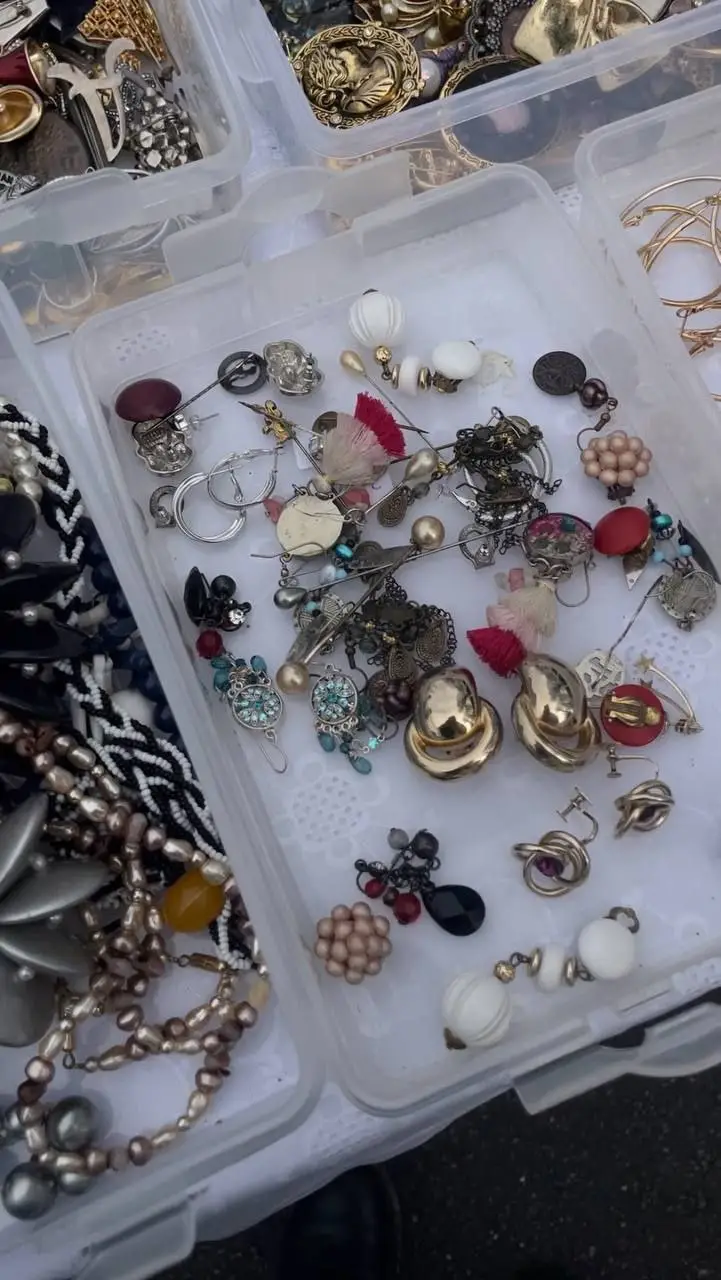
Flohmarkt: The most common type of flea market in Germany where you can find vintage items, antiques, books, clothing, jewelry and more. Popular markets such as Flohmarkt am Mauerpark in Berlin and Flohmarkt im Englischen Garten in Munich attract thousands of visitors.
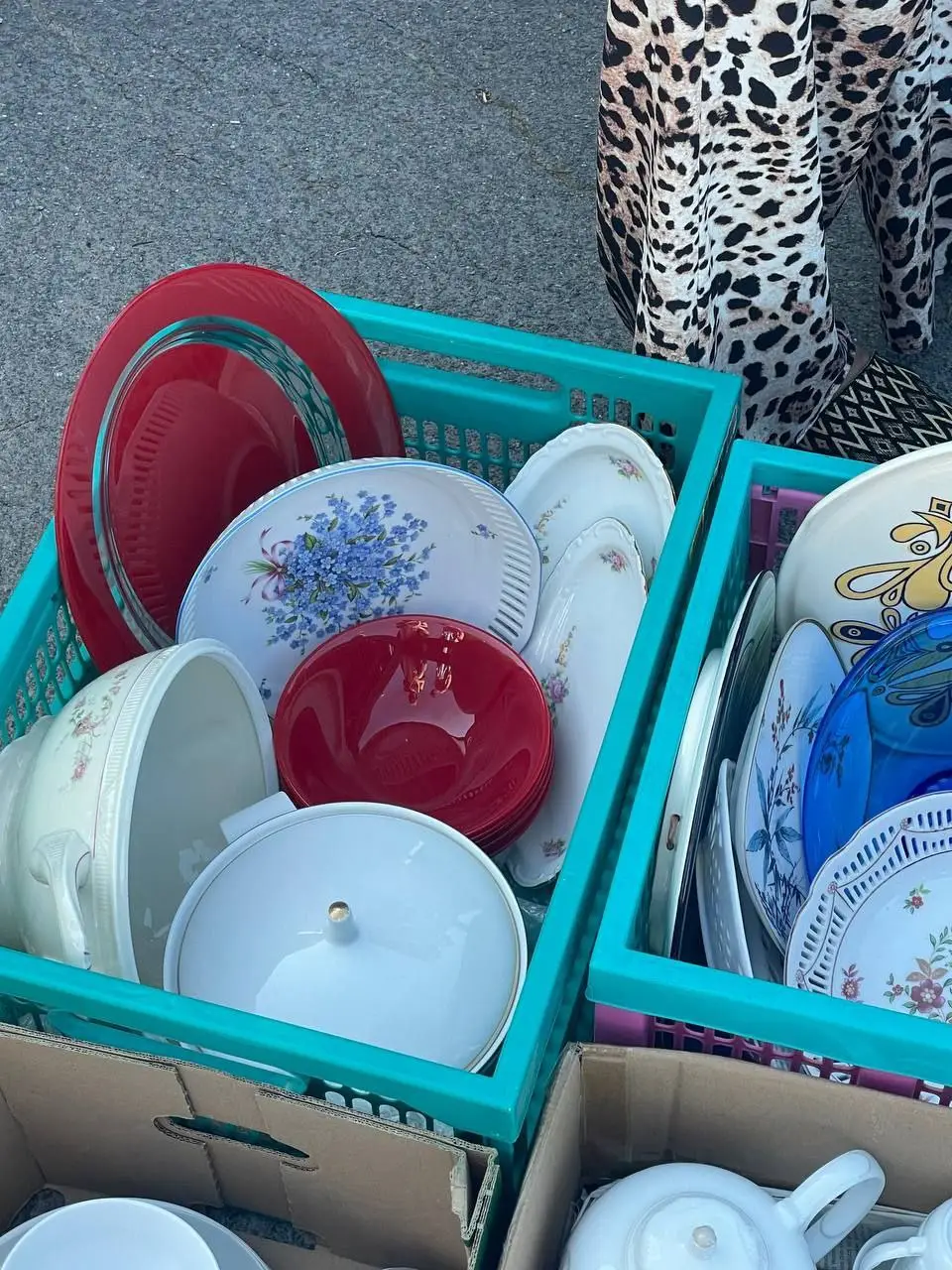
Trödelmarkt: These are flea markets that specialize in selling old and used items, particularly furniture, housewares, toys, and electronics. Often organized in major cities, they bring together professional sellers as well as private individuals.
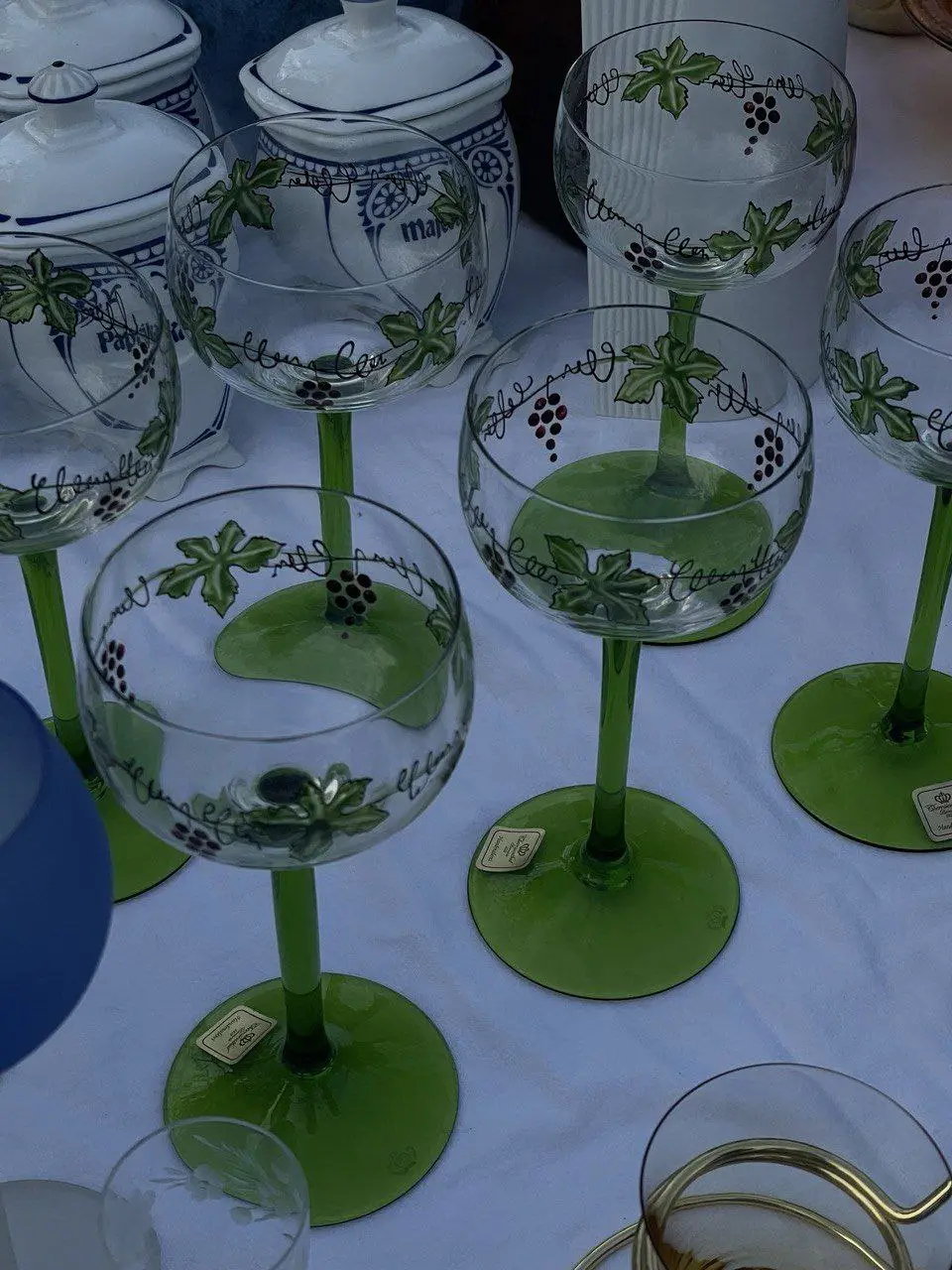
Antikmarkt: Markets that exclusively sell antiques and vintage items such as furniture, paintings, porcelain and silver. Popular among collectors and antique enthusiasts, such markets take place in Hamburg and Frankfurt, for example.
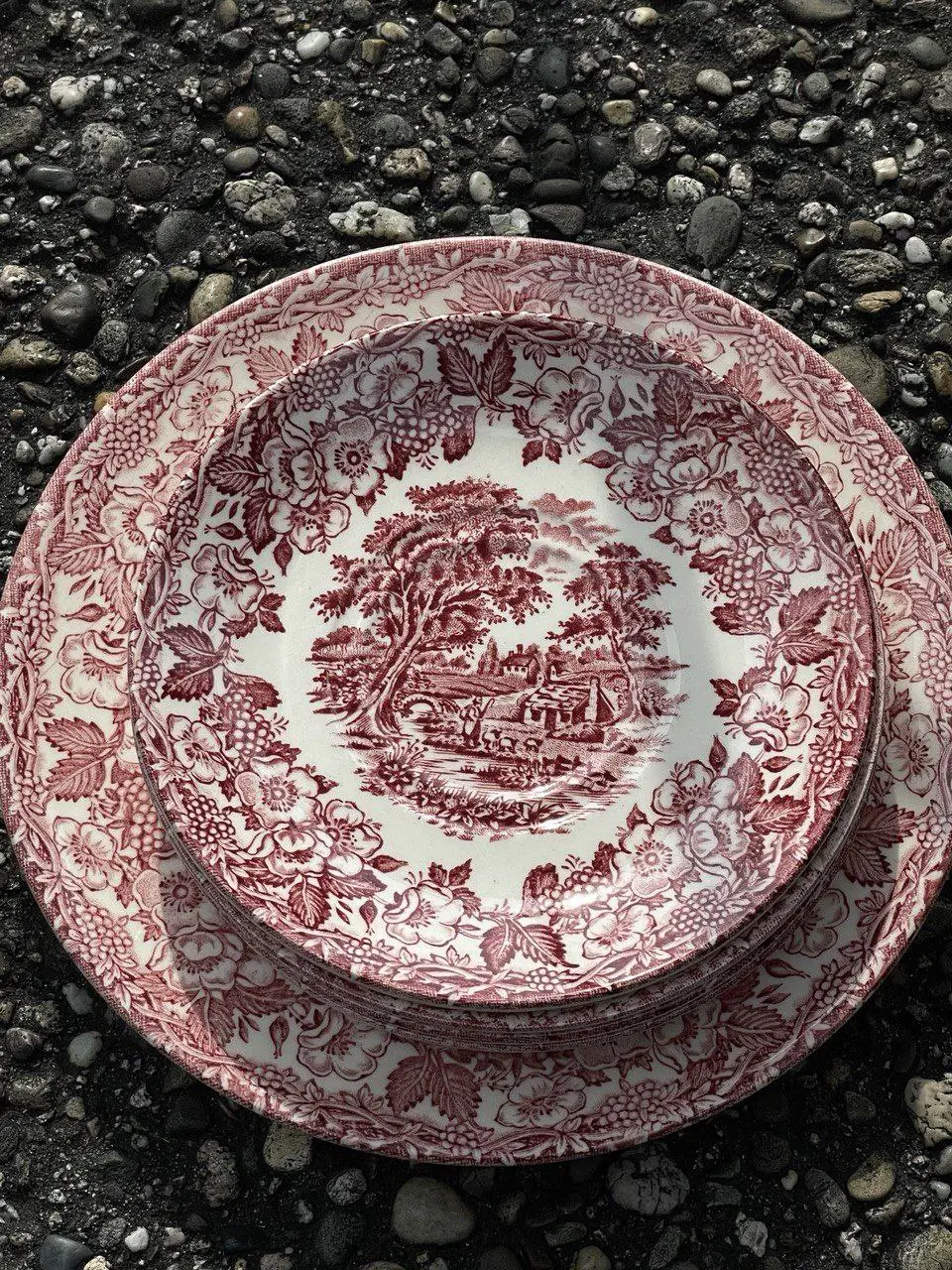
Garagenverkauf (Garage Sale): Analogous to the Anglo-American garage sale, where individuals sell their belongings directly outside their homes. Common in small towns and cities.
Kofferraumverkauf (Car Sale): A specific type of sale where items are sold directly from the trunks of cars. Popular in various parts of Germany, such events are usually held in large parking lots.
Kinderflohmarkt (Children's flohmarkt): Markets where children's supplies, toys, clothes, and books are sold. Common in large cities, such as the Kinderflohmarkt on Fehrbelliner Platz in Berlin.
Nachtflohmarkt (Night Flohmarkt): Flea markets that operate during the evening and night, creating a unique shopping atmosphere. Often accompanied by music and other entertainment.
Weihnachtsmarkt (Christmas market): Though not exactly a flea market, Christmas markets offer a wide variety of crafts, gifts, jewelry and gastronomic goodies. The most famous Christmas markets are held in Nuremberg, Dresden, and Cologne.
Bücherflohmarkt (Book Flohmarkt): Specialized markets for the sale of used books, magazines, and comics. Held in many cities, especially in university towns such as Heidelberg and Tübingen.
Tauschbörse (Exchange Fair): These are events where you can exchange things without cash payments. Here people exchange books, clothes, electronics and other items. Often organized by local communities and eco-initiatives.
Let's take a closer look at this as part of the cultural life in Germany and France, taking advantage of unique opportunities to shop and experience local culture and traditions.
Atmosphere and location
France:

French flea markets, or "marchés aux puces," are often located in quaint urban neighborhoods and have a romantic, nostalgic atmosphere. The most famous of these is the St. Ouen flea market in Paris. These markets tend to be more chaotic and colorful, with narrow streets and numerous small stalls. French markets often turn into cultural events of sorts, where you can find antiques, vintage furniture, books, paintings, and sample local delicacies.
Germany:
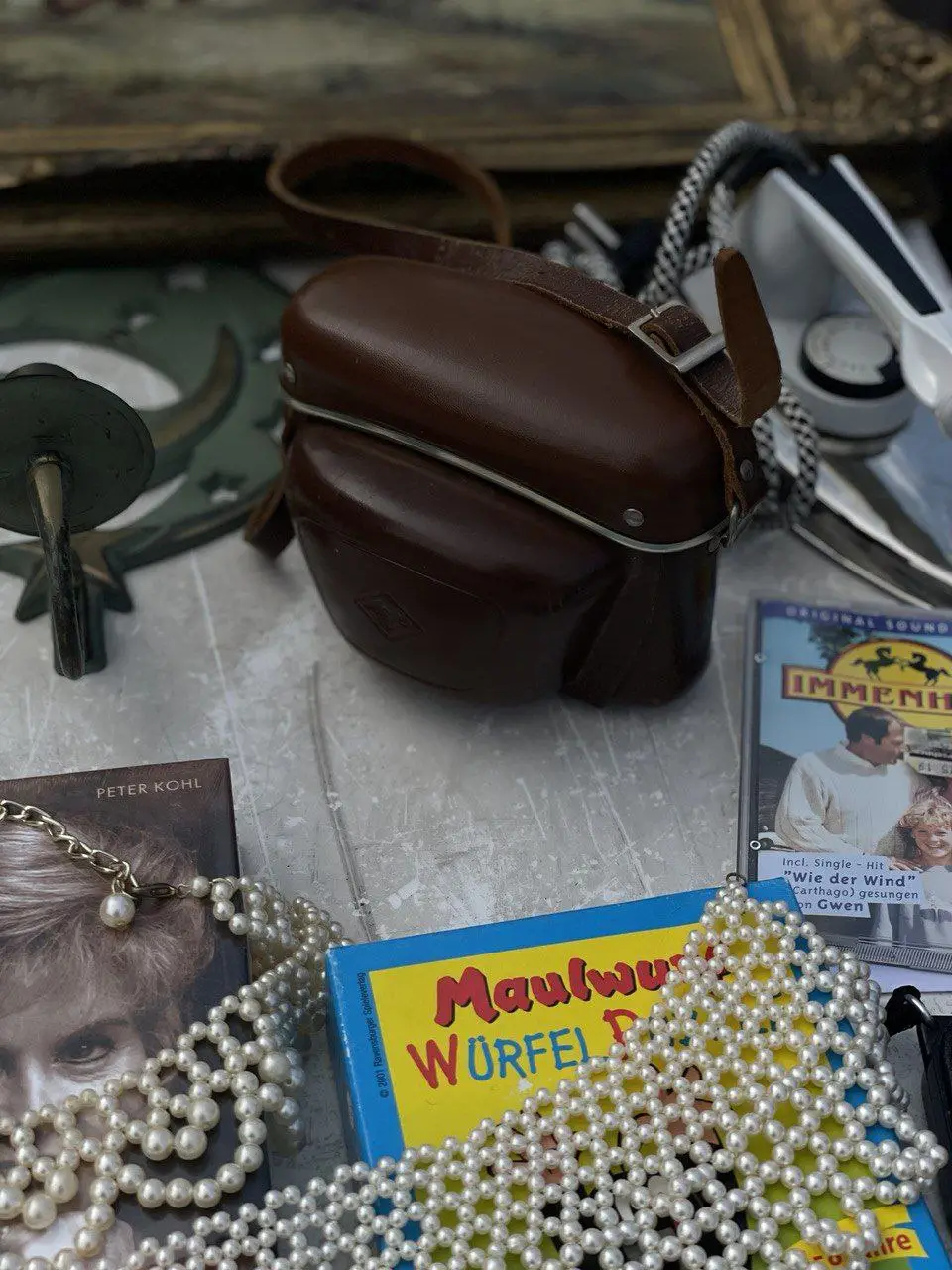
German flea markets, known as "Flohmärkte," are usually organized in a more orderly fashion. They are often held in large open areas such as parking lots or fairgrounds. The atmosphere at German markets is more relaxed and practical. Visitors can find a wide range of goods including antiques, vintage clothing, books, vinyl records, home appliances and more.
A range of goods
France:
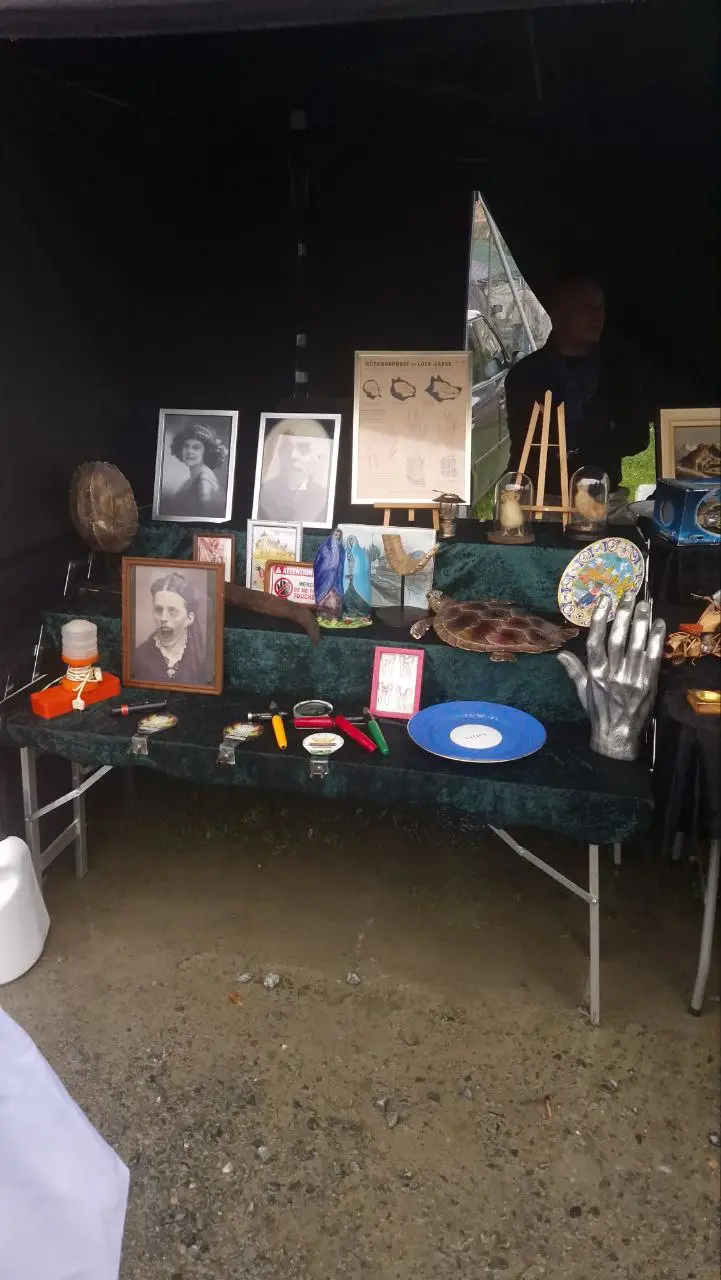
French flea markets are famous for their antiques and unique vintage items. Many items related to French history and culture can be found here, including antique furniture, dishes, paintings and textiles. Special attention is paid to decor and art, and many items are of high artistic value.
Germany:
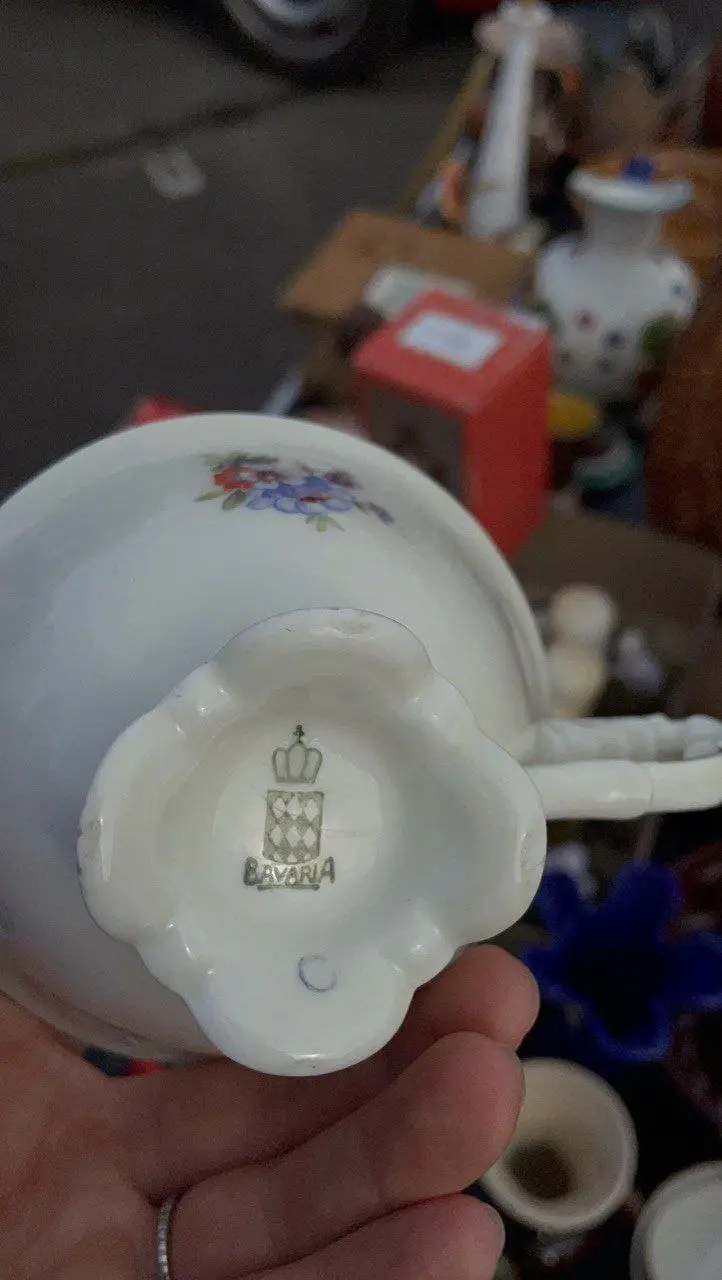
German markets often have a greater variety of goods, from antiques to modern household items. Here you can find not only vintage items, but also many practical items for everyday life. A special feature is the availability of German-made goods, known for their quality and durability.
Organization and Prices
France:
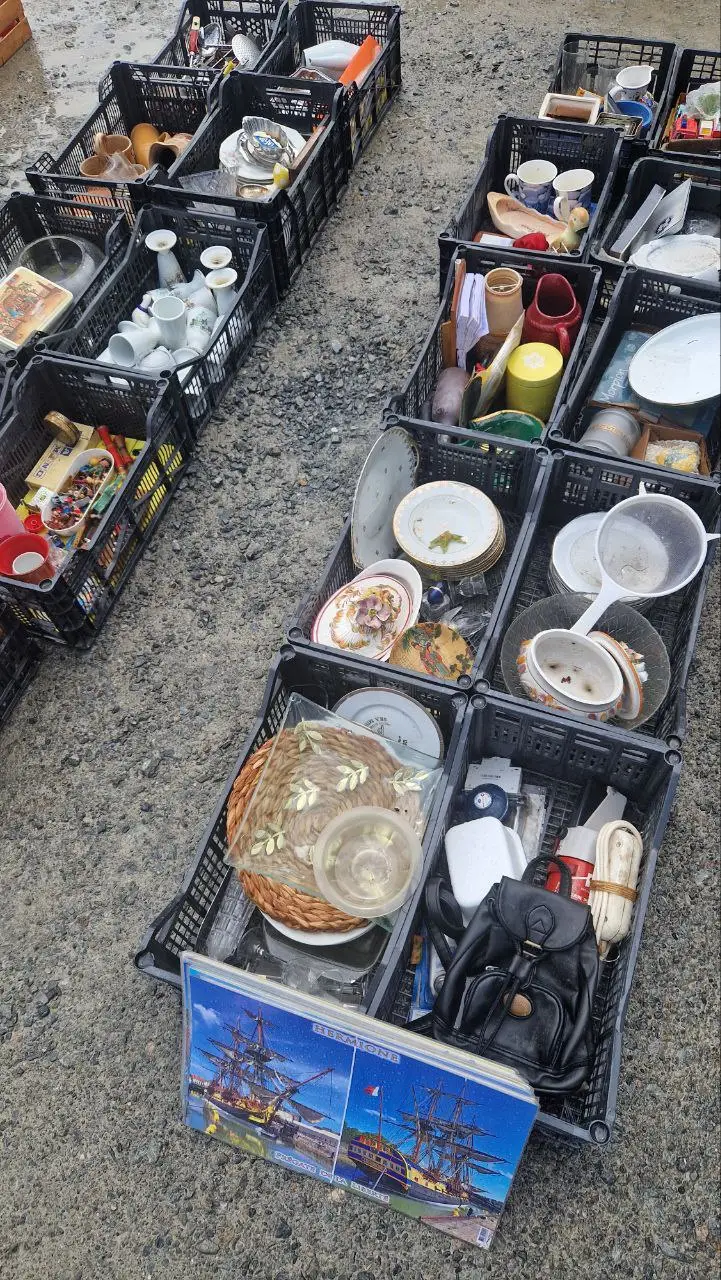
French flea markets often have a looser approach to organization. Sellers can set prices at will, so the ability to haggle is an important part of the shoppers' experience. Prices can range from very low to quite high, especially for unique or antique items.
Germany:
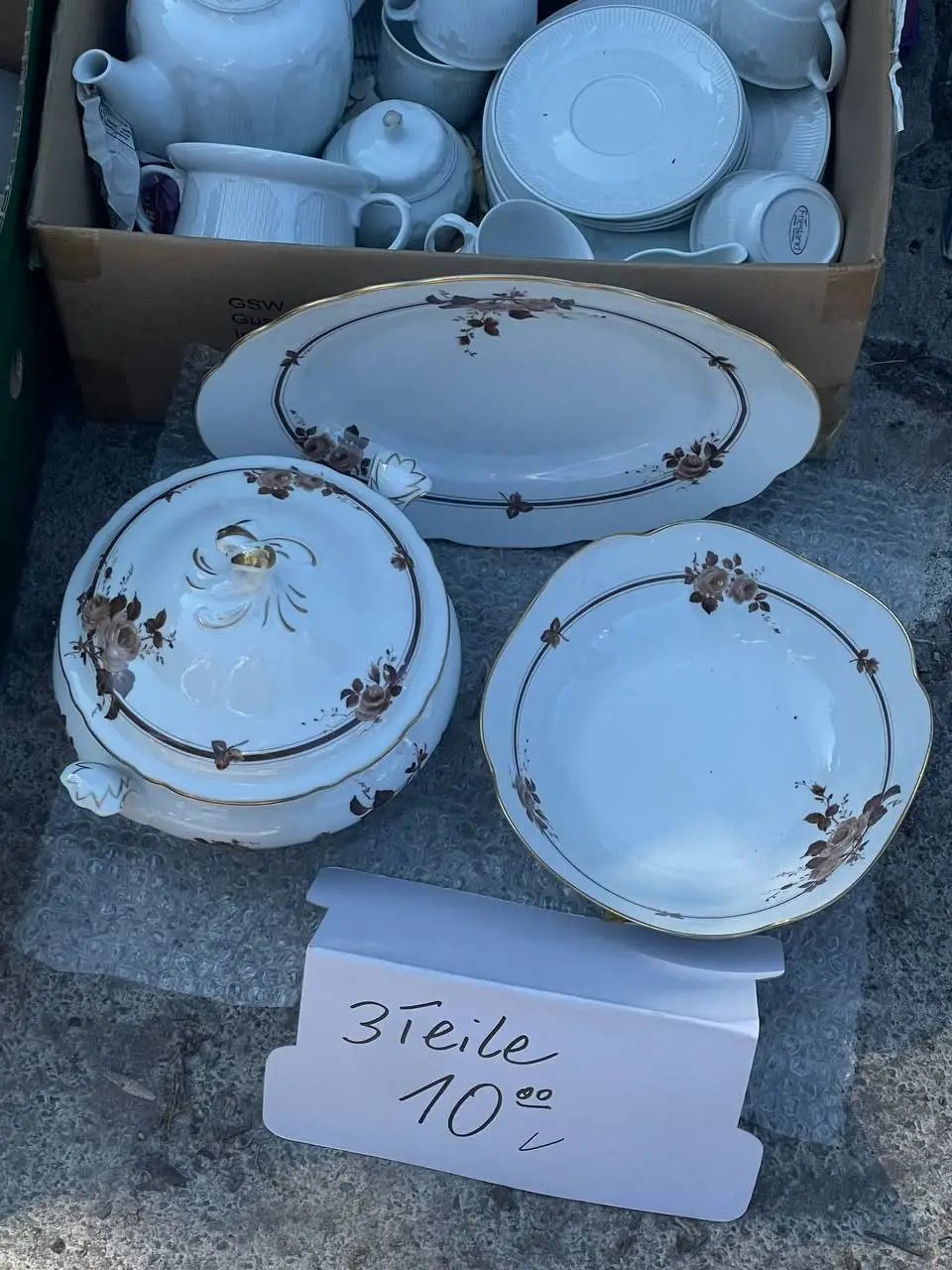
German markets tend to be more structured. Vendors often have clearly defined prices, and while haggling is possible, it is not as common as in France. Prices in German markets tend to be more stable and predictable, reflecting the value of the goods according to their quality and condition.
Cultural Context
France:
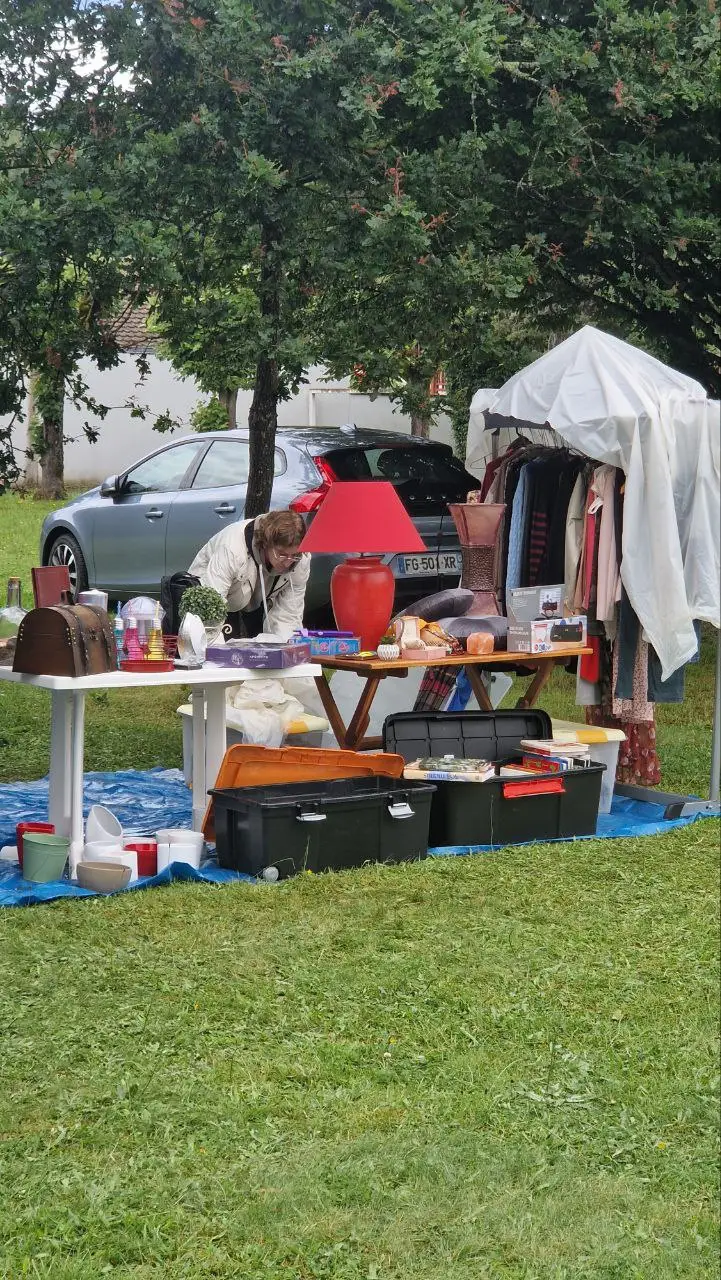
French flea markets are part of the country's cultural heritage. They reflect the French love for history, art and all things beautiful. A visit to such a market is a kind of journey back in time, where each item has its own history and charm.
Germany:
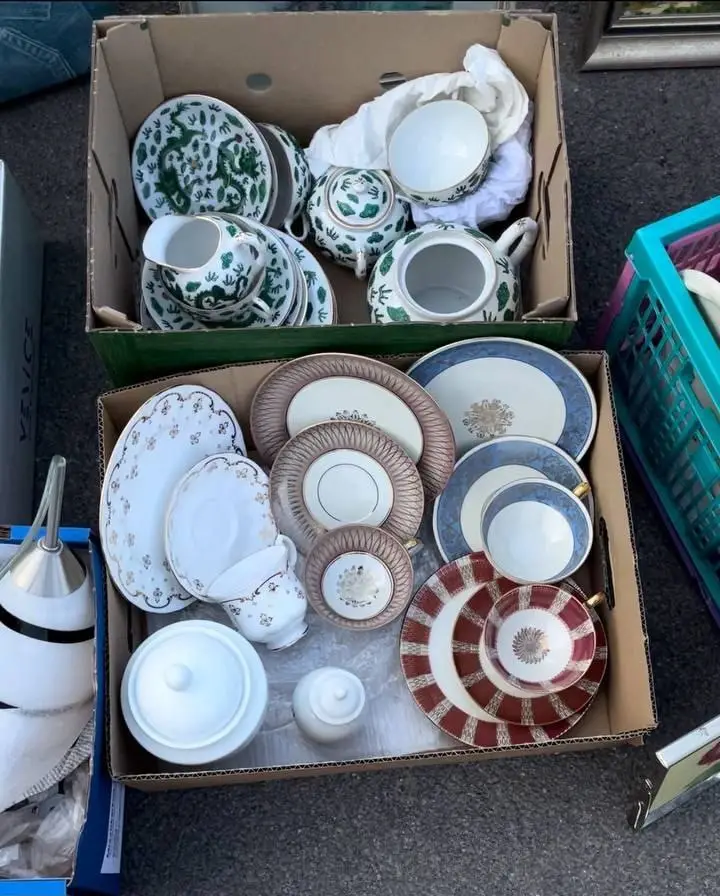
Flea markets are more practical for Germans. They reflect the German attention to quality and functionality. German markets are places where not only historical but also modern useful items can be found at affordable prices, making them appealing to a wide range of shoppers.
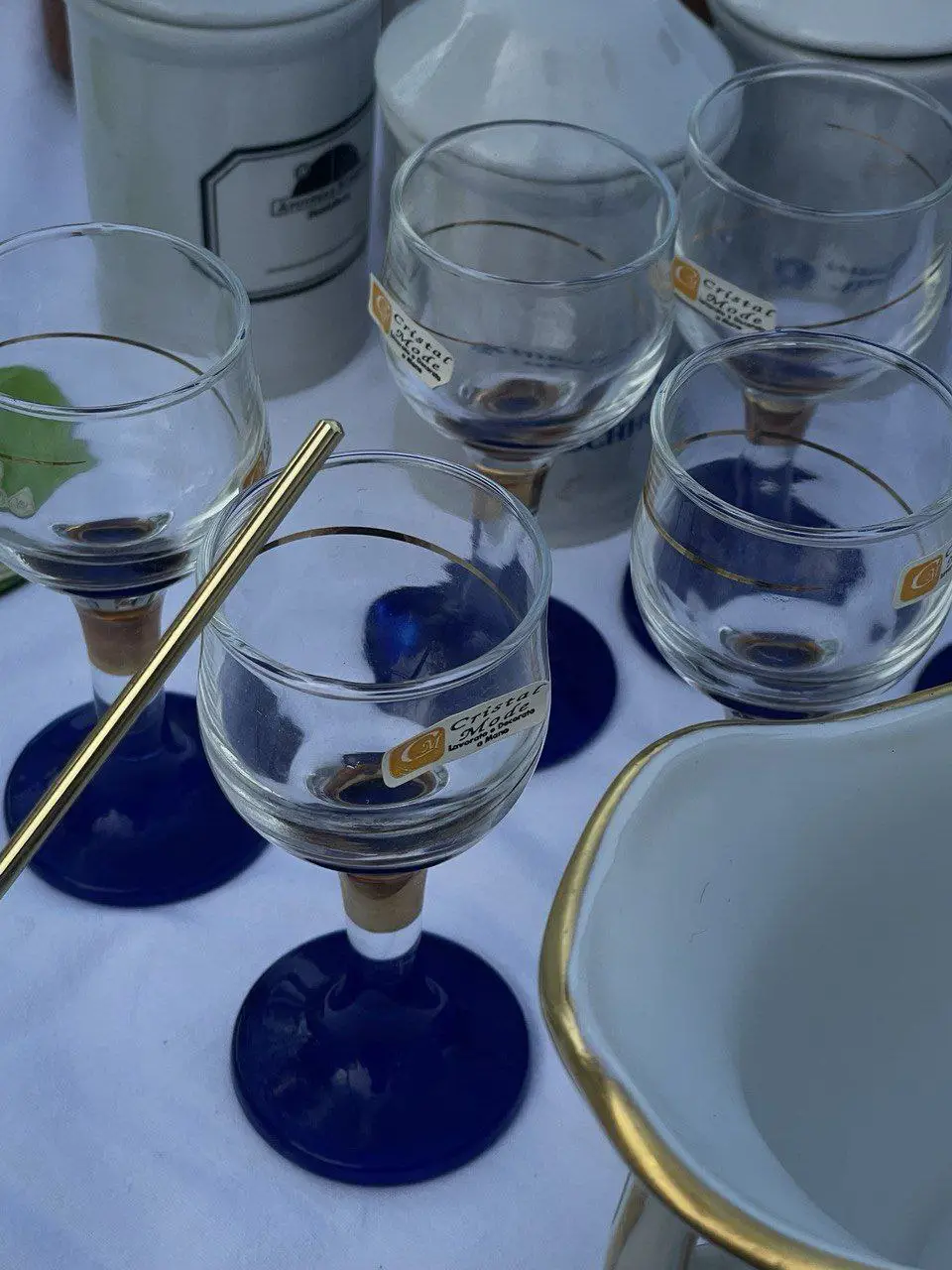
German and French flea markets have their own unique characteristics despite the common concept. French markets enchant with their atmosphere and antique treasures, while German markets impress with their organized and diverse assortment. Visiting a flea market in each of these countries is a unique experience that reveals the richness of their cultures and traditions. Be sure to give it a try!

